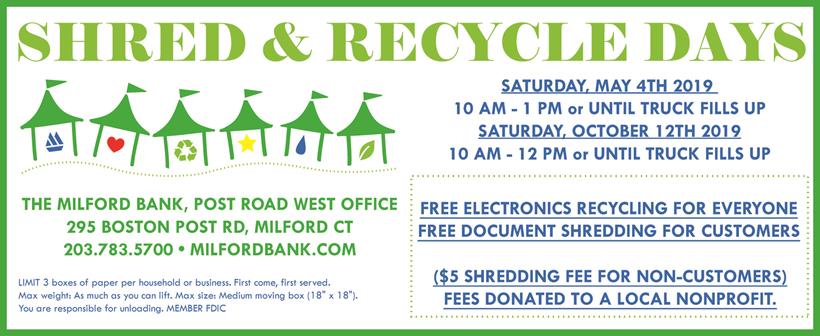What Does the New FICO Scoring System Mean?
by Paul Mulligan, SVP, Retail Lending
When you apply for a loan, lenders have access to a variety of information they use to decide whether to give you a loan and at what terms. The most popular of those resources is your FICO score, a three-digit rating based on information in your credit reports, which helps lenders decide how likely to repay a loan, how much you can borrow, the length of you loan repayment period, and your interest rate.
While FICO scores give lenders a quick and consistent way to determine borrower worthiness, they also make sure you, the borrower, get a fair credit assessment and access to the funds you need. FICO has become the de facto industry standard for lenders.
This month, FICO has updated its scoring system for the first time since 2014, which could impact your scores. The new scoring places more emphasis on trend data in your credit report, looking at your credit utilization and payments over the past two years, as opposed to only current balances. For instance, new data might include whether you tend to pay off balances quickly, carry extended debt, or consolidate loans, as well as your credit management predictability.
The other major change reflects changes in credit reports. Tax liens, insurance-paid medical collections, and judgments are no longer part of credit reports, and healthcare defaults won’t appear on credit reports for at least six months.
At the end of the day, though, the real question is, how will the new scoring impact you?
The new scores will be less forgiving of risky credit behavior. That means, if you regularly run up your credit, don’t pay off balances consistently, carry too many credit cards, or consolidate debt into personal loans in order to free up your credit cards, you may see your score go down.
On the other hand, some spending habits that may have previously been viewed negatively may no longer hurt you. For instance, if you run up seasonal balances – such as during the holidays or summer vacations – and then pay them off, your score may not be negatively impacted because those are predictable one-time spikes, not regular habits.
Ultimately, what you need to keep in mind is the basics of good credit haven’t changed. Payment history (35%) and credit usage (30%) are still the two biggest components of your FICO score. If you follow good credit practices – pay your bills on time, keep balances below your credit limits, and don’t apply for too many new lines of credit (or too often) – you should have nothing to worry about. In fact, if you manage your credit well, the new scoring could actually improve your score.
If you’re concerned about your credit rating and want to work to improve your score, the sooner you start following good financial habits and budgeting, the faster you can see positive change. Of course, it’s not always easy, so if you need help or want advice on how to become more responsible with your spending, talk to our specialists. They can provide information on financial best practices, budgeting and saving tips, and improving your credit. On the other hand, if you have managed your credit responsibly, you probably don’t have anything to worry about. Just continue to follow smart banking habits.



